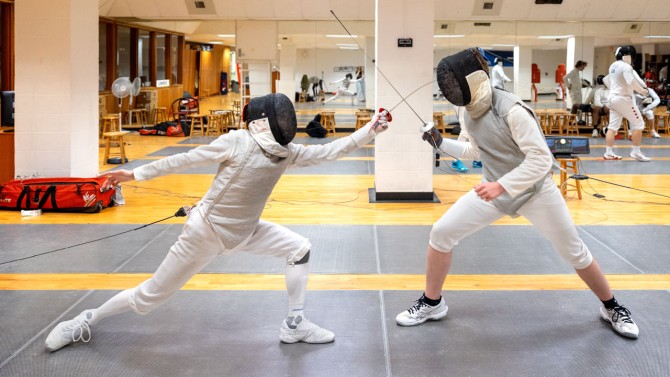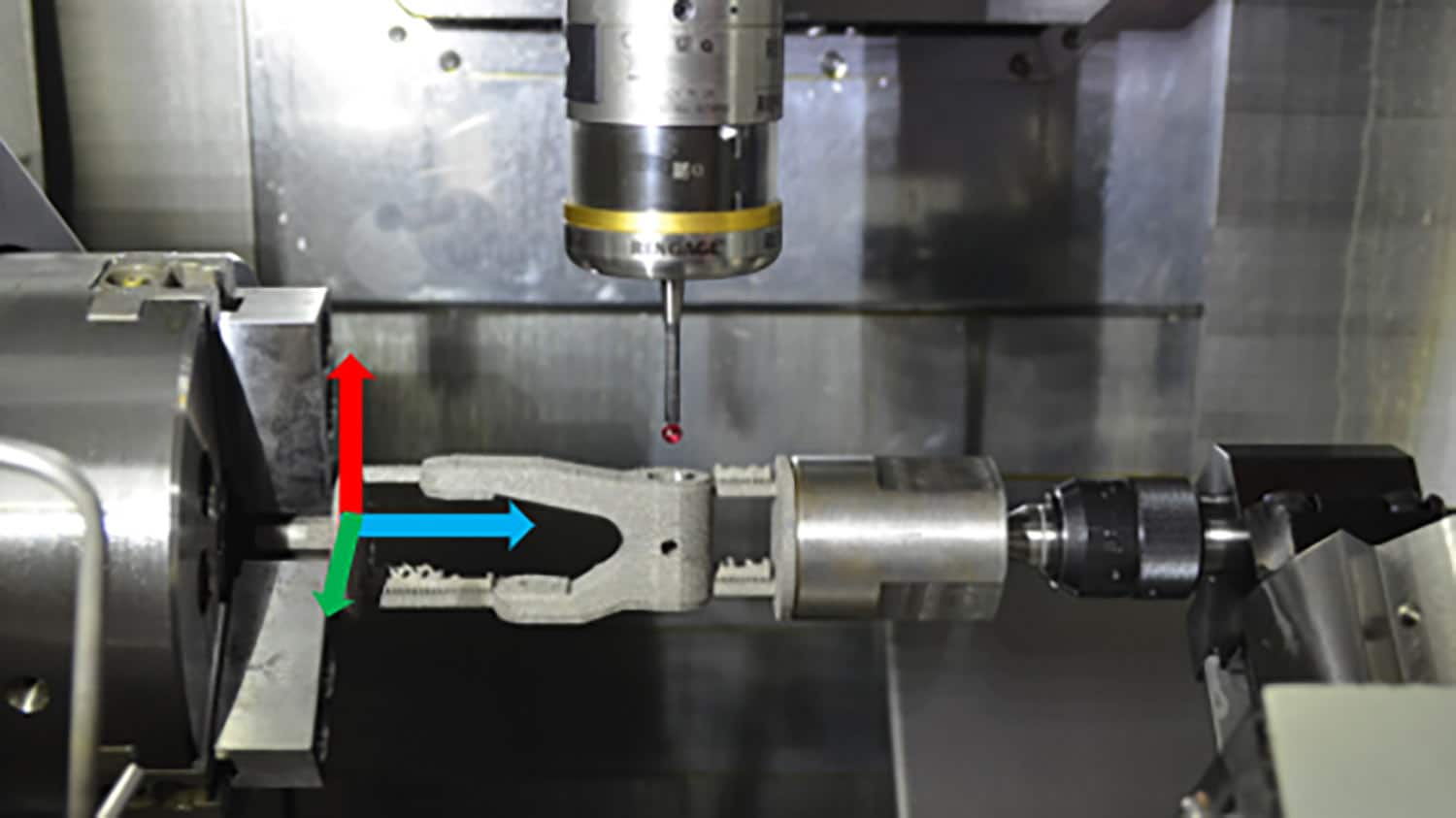Researchers hope their discovery about the healing properties of fetal cartilage cells in mice will lay the groundwork for new treatments for human growth disorders and degenerative diseases.
Published in Nature Communications, the Monash University-led project found that when some fetal mice cartilage cells died, the cartilage region could heal within a week. It also identified a cell communication system that facilitated the healing and could be a potential therapy target.
First author Dr Chee Ho H’ng, a post-doctoral research fellow at Monash University’s Australian Regenerative Medicine Institute, explained that the cartilage that normally fuels bone growth and lines human joints is among the tissues with the worst repair capabilities of any adult human tissue.
He said using mice, researchers observed cartilage regions recovering after some cells died.
“We discovered that the cartilage heals within a week, allowing bone growth to resume normally,” Dr H’ng said. “This is achieved by first replenishing a pool of cells with the potential to regenerate the rest of the cartilage, and then accelerating their progression towards forming more cartilage.
“We further found a cell-cell communication system that is required for this shift of behaviour, revealing a potential target for future therapies.”
Senior Author Dr Alberto Rosello-Diez likened the discovery to dealing with a leaky fuel tank. “Imagine that you are competing in a rally car race, and your fuel tank gets pierced and loses part of the fuel,” he said.
“If you just patch it up and continue racing, you will run out of fuel before reaching the end. However, if you spend some time refuelling from a reserve tank, when you resume racing you will be able to drive for longer and catch up.”
It is the first time that a genetic model has been used to trigger transient unilateral cell death in the limb cartilage, revealing potential mechanisms of repair.
“It provides a cellular and molecular explanation for a classic phenomenon known as catch-up growth: the recovery of a normal growth trajectory after a temporary growth delay,” Dr Rosello-Diez said.
Dr Rosello-Diez said more research using human cartilage organoids, and eventually human trials, was needed, but the results could provide a model for therapies to help stimulate cartilage repair in human growth-plate injuries.
He said these were probably 10-15 years off as they needed to be combined with cellular therapies to target growth disorders.
“Therapies for cartilage repair could eventually lead to treatments for growth disorders such as dwarfism, and degenerative diseases such as osteoarthritis,” he said.
The University of Cambridge covered part of this paper’s publishing costs.








